Performing mobile keyword research helps you discover new search terms that matter to your business and attract more mobile users to your site.
Today, we’ll show you how to find mobile keywords and share mobile keyword research tools that make the process easier.
But let’s start with the basics.
What Is Mobile Keyword Research?
Mobile keyword research is the process of identifying what people search for on mobile devices.
Mobile keyword research differs from general keyword research, which considers all devices used for searching, including desktops and tablets.
Mobile vs. Desktop Keywords
There are three main ways mobile keywords differ from desktop keywords:
Mobile Keywords Are More Conversational
Mobile keywords tend to be more conversational, partly because many people use voice search on their phones.
For example, a desktop query might be “best italian restaurants nyc,” while a voice search might be “What are the best-rated Italian restaurants in New York City?”
Targeting conversational mobile keywords can help you uncover long-tail keywords (highly specific search queries) that often indicate a strong intent to take action.
Mobile Keywords Often Occur Near the Middle of the Funnel
Mobile keywords often occur near the middle of the marketing funnel, and research has shown mobile search users tend to occupy the “consideration” stage of the purchase journey.
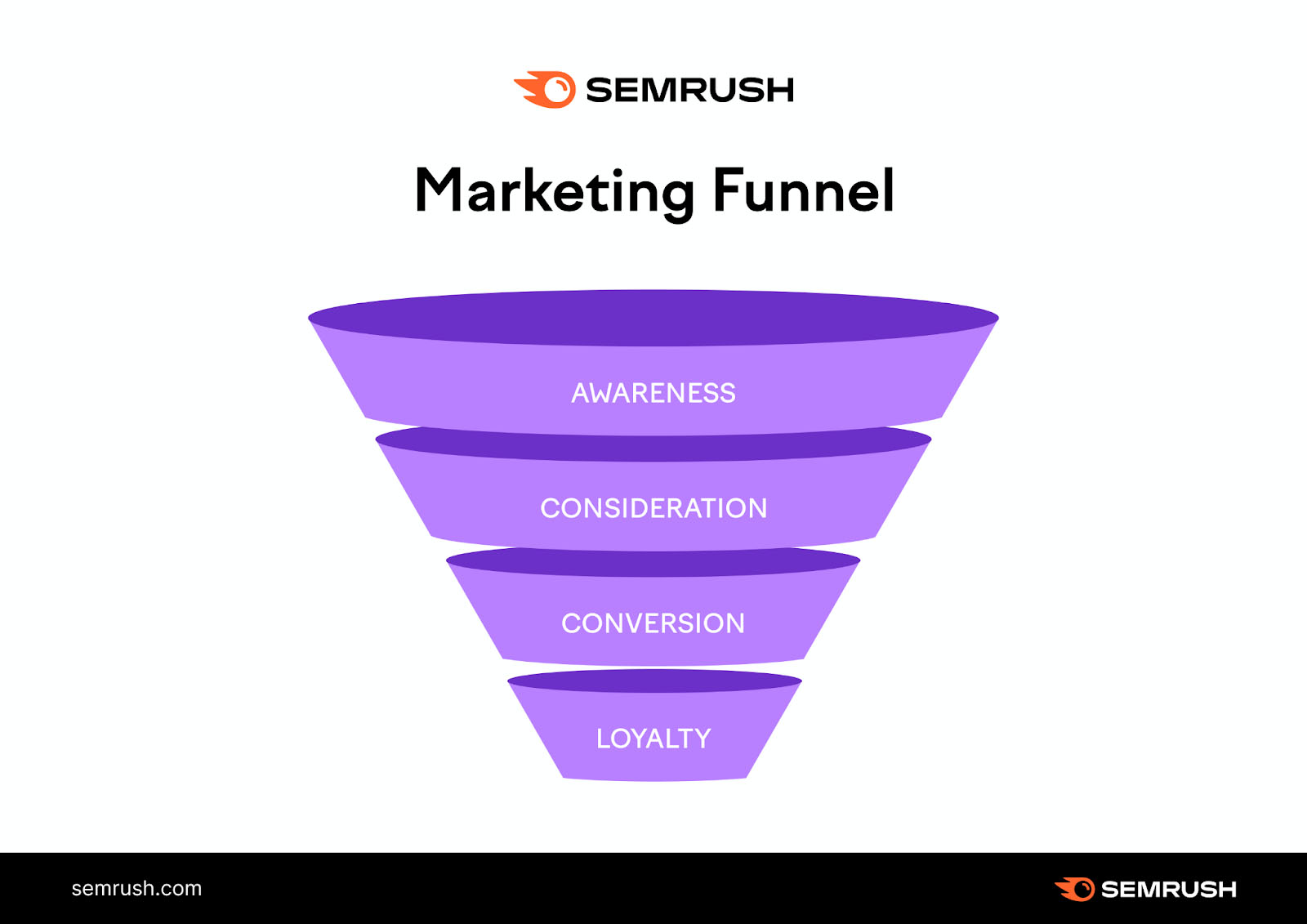
In the consideration stage of the funnel, users assess and compare options to purchase.
This means they may search for product reviews or price comparisons.
Mobile Keywords Tend to Be More Localized
Mobile keywords tend to have a more localized focus because people on their phones may search while they are away from home.
For example, someone might look for “hardware store + [their neighborhood or city]” while out running errands.
Meanwhile, desktop users at home might just search “buy a hammer” and order from any major online retailer.
How to Conduct Mobile Keyword Research
Here’s how to conduct mobile keyword research in five simple steps:
-
Identify keywords you already rank for
-
Discover and target voice search keywords
-
Find middle-of-the-funnel keywords
-
Perform a competitor analysis
-
Review your keywords
Let’s explore each mobile keyword research step in more detail.
We’ll use a fictional example: a Chicago-based plant store.
Step 1: Identify Keywords You Already Rank For
First, identify the keywords your site already ranks for to use as a starting point in the coming steps.
Use Google Search Console to check which keywords you currently rank for.
Start by logging in to Google Search Console. Find “Performance” in the left menu panel, and click “Search results.”
Check all the boxes at the top: “Total clicks,” “Total impressions,” “Average CTR,” and “Average position.”
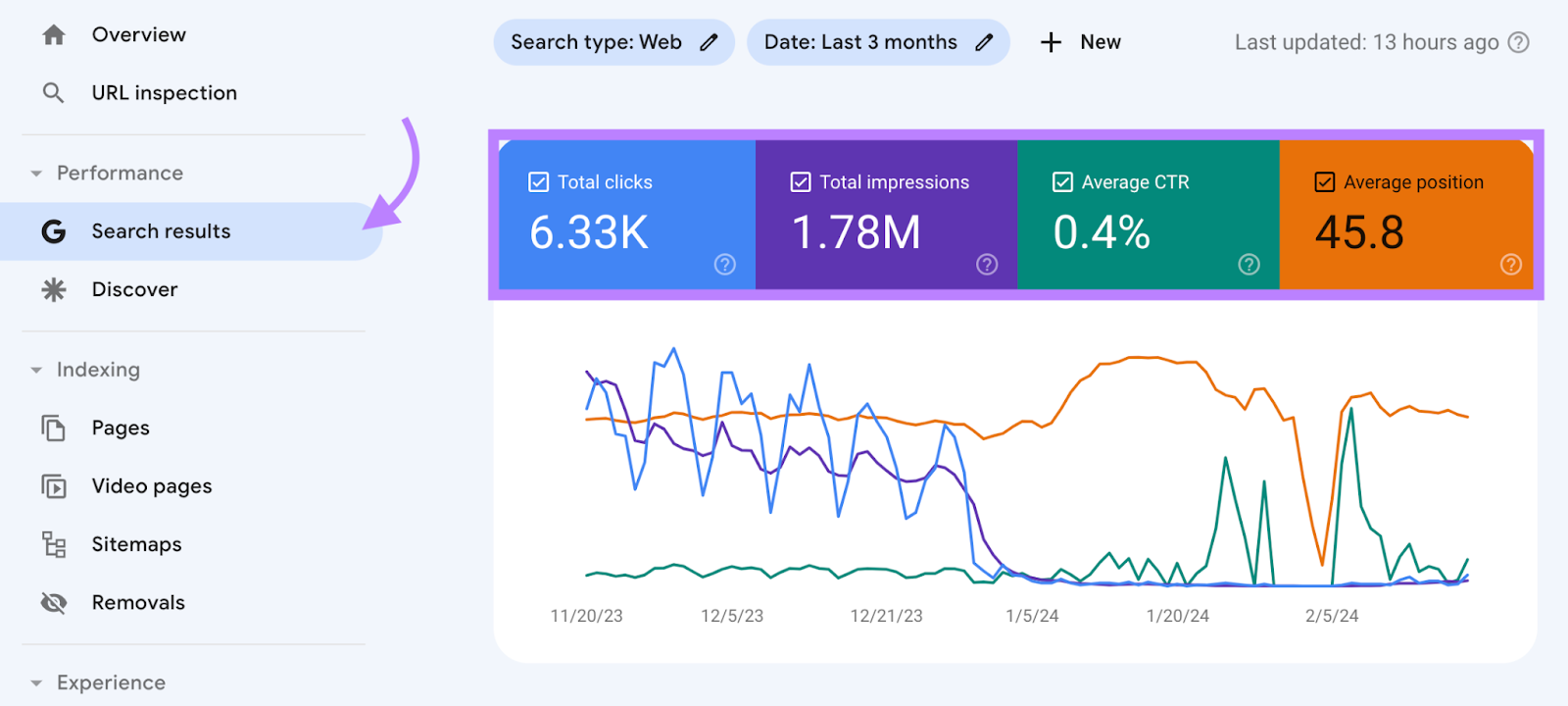
Next, scroll to the “Queries” table.
The “Position” column shows your average ranking. Click the top of the column twice to sort the column so the keywords with the highest rankings appear at the top.
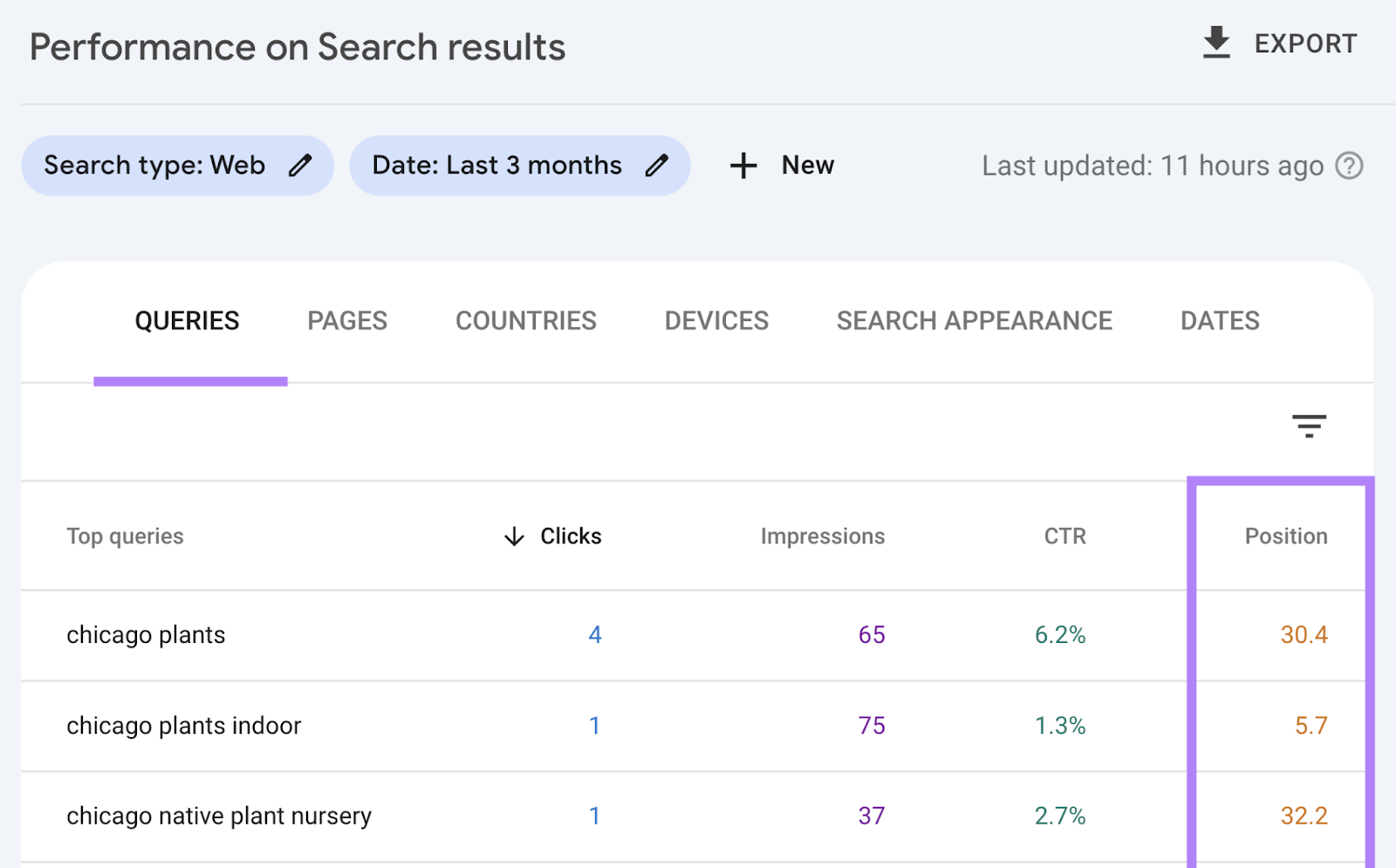
Note your highest-ranking keywords and select a handful of terms to use in the next step.
For our Chicago-based plant store example, we’ll use the keyword “chicago plants” as our starting point.
Step 2: Discover and Target Voice Search Keywords
Targeting voice search keywords makes your site more likely to rank for search queries originating from voice search. Voice search is on the rise as more people adopt voice assistants like Siri, Alexa, and Google Assistant.
So how are voice search keywords different from regular keywords?
Voice search queries tend to be longer than typed queries and follow natural speech patterns.
For instance, instead of “how to get more website traffic,” a voice search user might ask “Hey Siri, how can I get more traffic to my website?”
As this example shows, voice search keywords are usually questions formulated as full sentences.
You can use the Keyword Magic Tool to find such questions.
Open the tool and enter a keyword from your list in the previous step. Select a country, and click “Search.”

You’ll get a comprehensive list of keywords related to your initial keyword.
We want to identify longer questions, so select “Questions” and set the word count minimum to “5.”
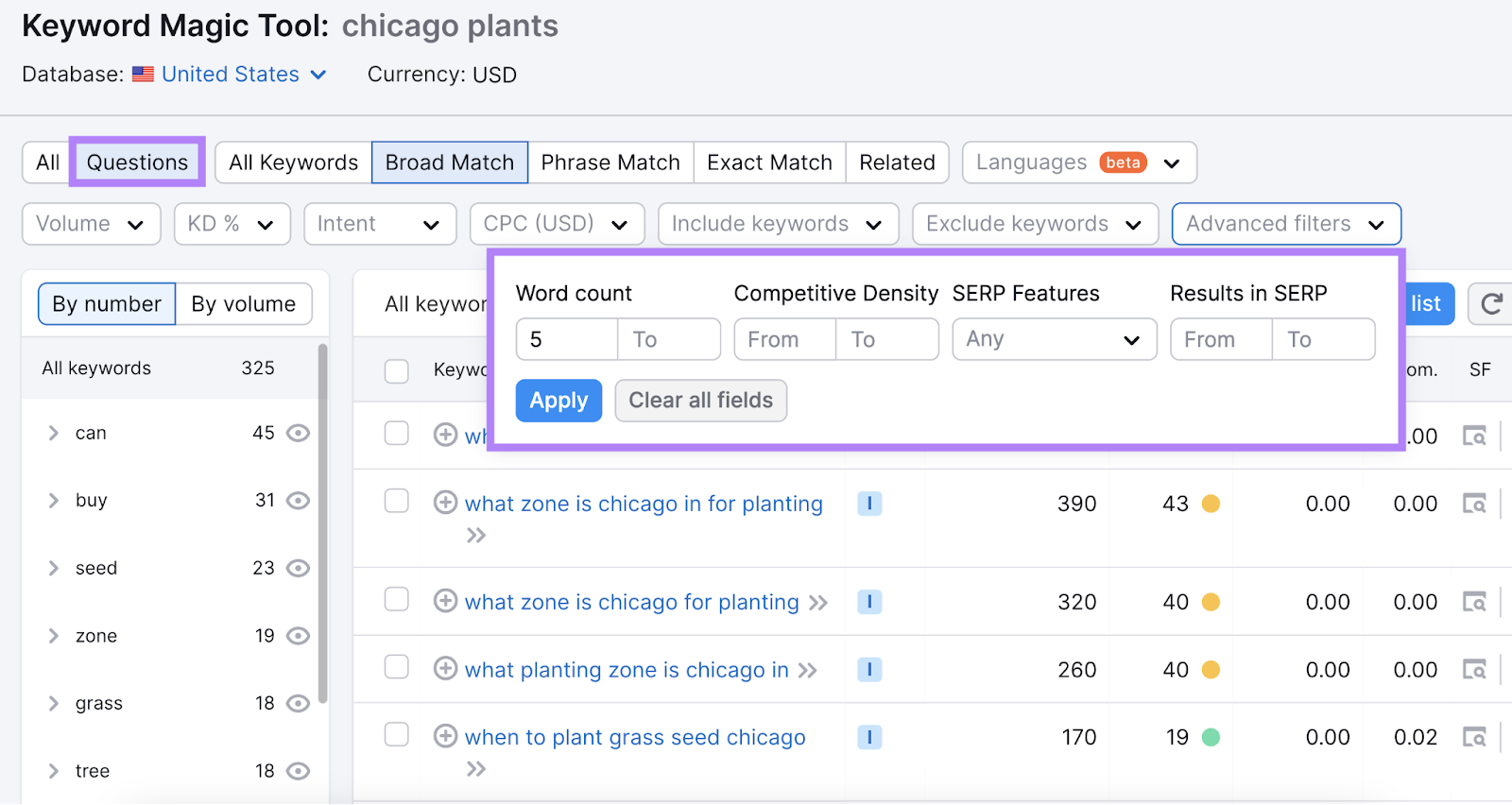
Go through the list of keywords and select relevant questions that sound like natural speech.
Select the checkbox to the left of your chosen keyword and click “+ Add to keyword list” to save these keywords to your list.
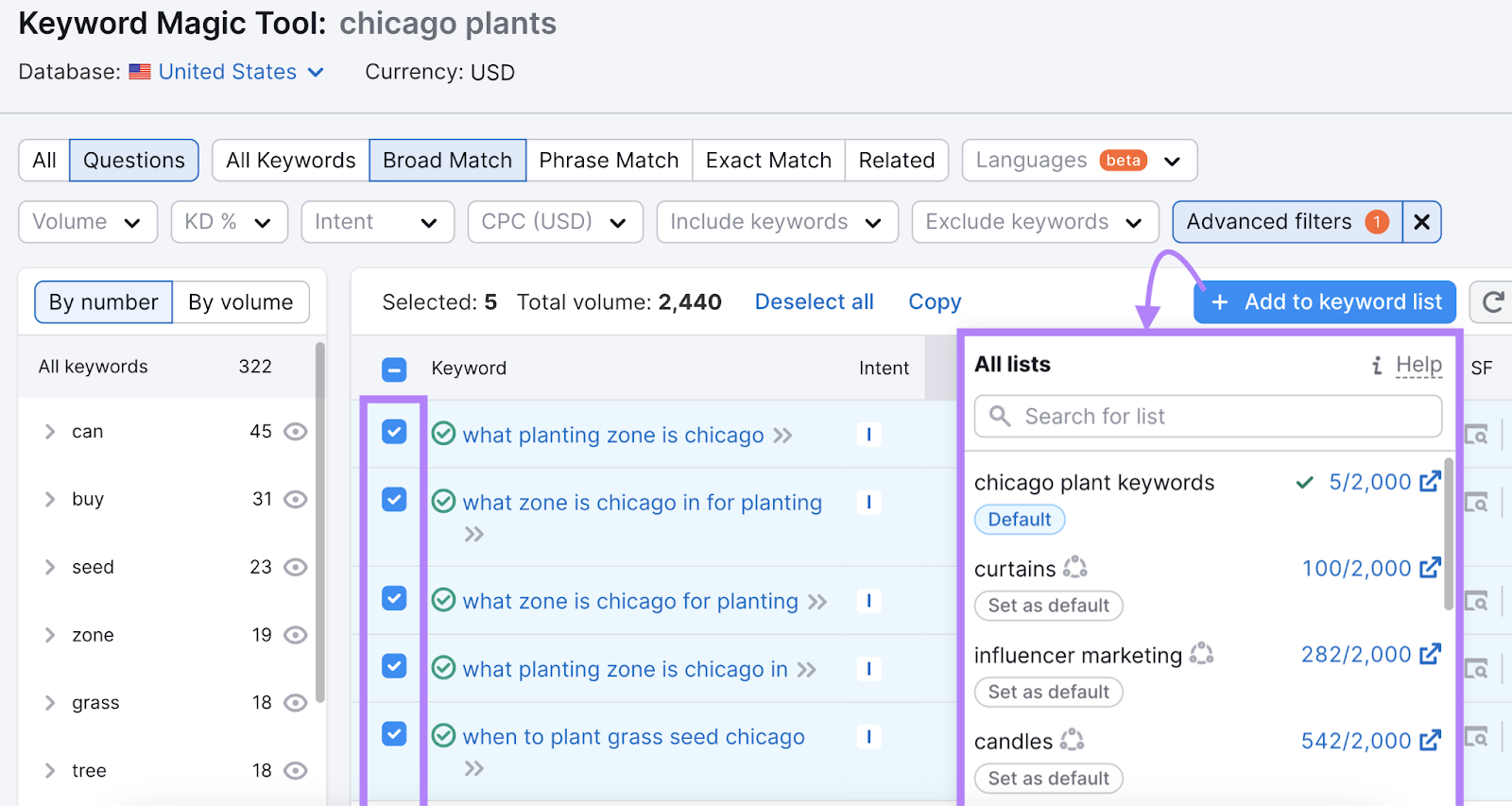
Step 3: Find Middle-of-the-Funnel Keywords
Finding middle-of-the-funnel (MoFu) keywords allows you to target search users who are in the “consideration” stage of the purchase journey.
MoFu search queries tend to have “commercial” search intent.
And since mobile devices are commonly used for MoFu-type searches, targeting commercial keywords can help you attract mobile search traffic.
To find MoFu keywords, return to the Keyword Magic Tool.
Enter a keyword, select a country, and hit “Search,” just like in the previous step.

Click the “Intent” drop-down and select “Commercial” to filter for keywords with commercial intent.
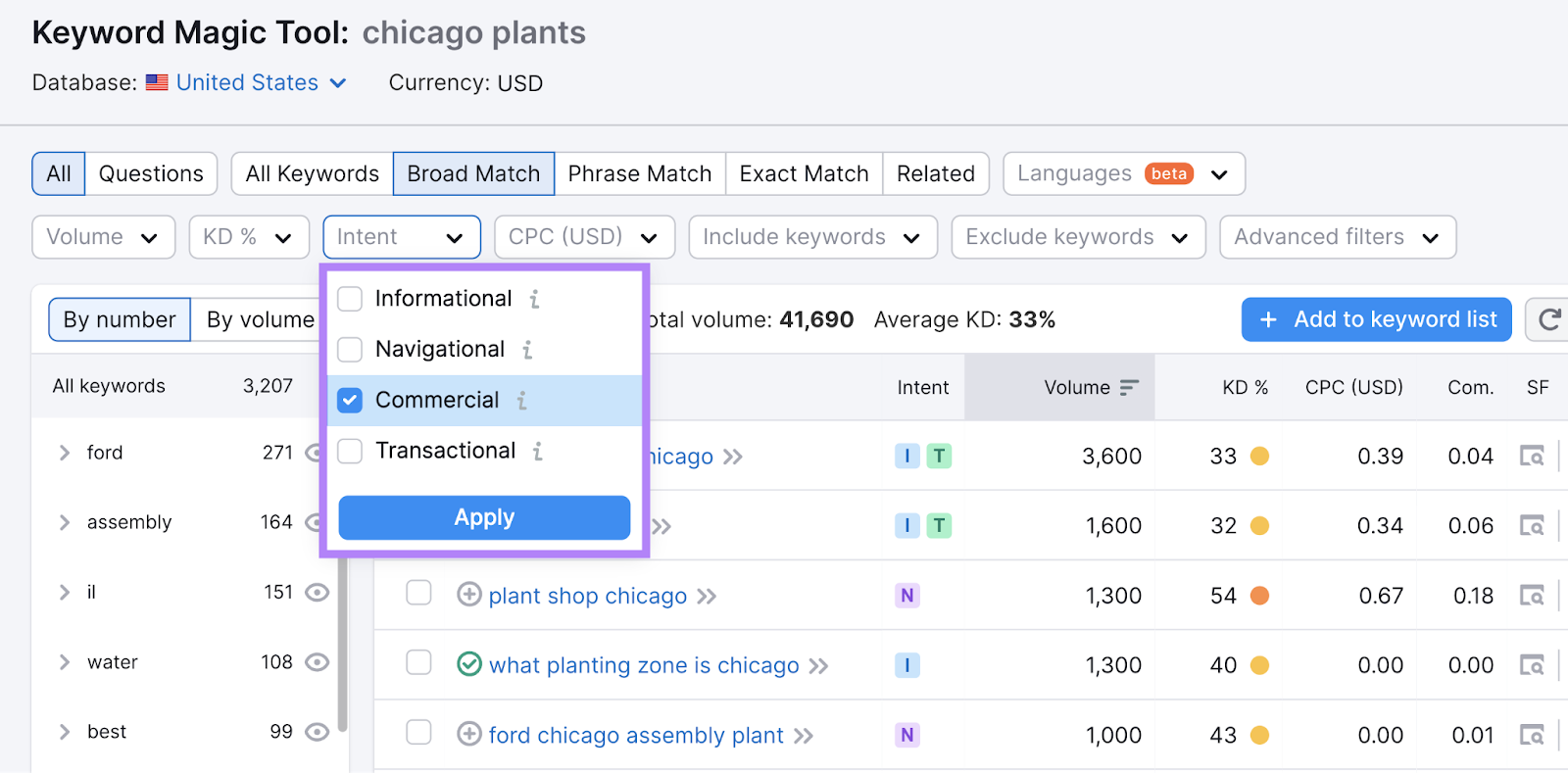
Browse through the list and select some relevant keywords. Add the keywords you’ve chosen to your list by clicking “+ Add to keyword list.”
Step 4: Perform a Competitor Analysis
Performing an SEO competitor analysis can reveal mobile keywords your competitors rank for but you don’t.
To find these keywords, open the Keyword Gap tool.
Enter your domain and up to four competitors, select your country, and click “Compare.”
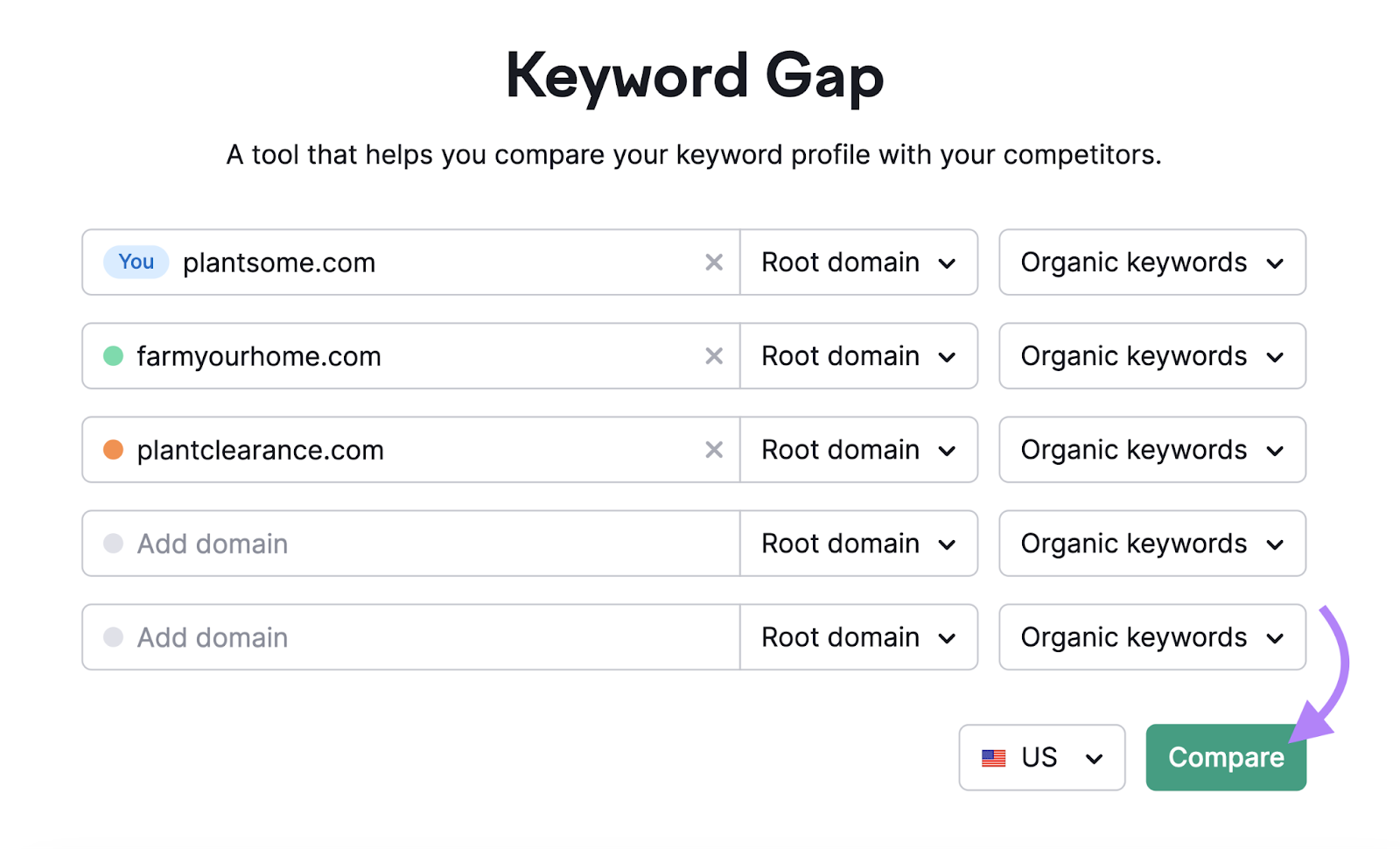
To display only mobile keywords, select “Mobile” from the drop-down beside “Device.”

Scroll down to the table and click “Untapped.” You’ll see keywords you don’t rank for but at least one of your competitors does.
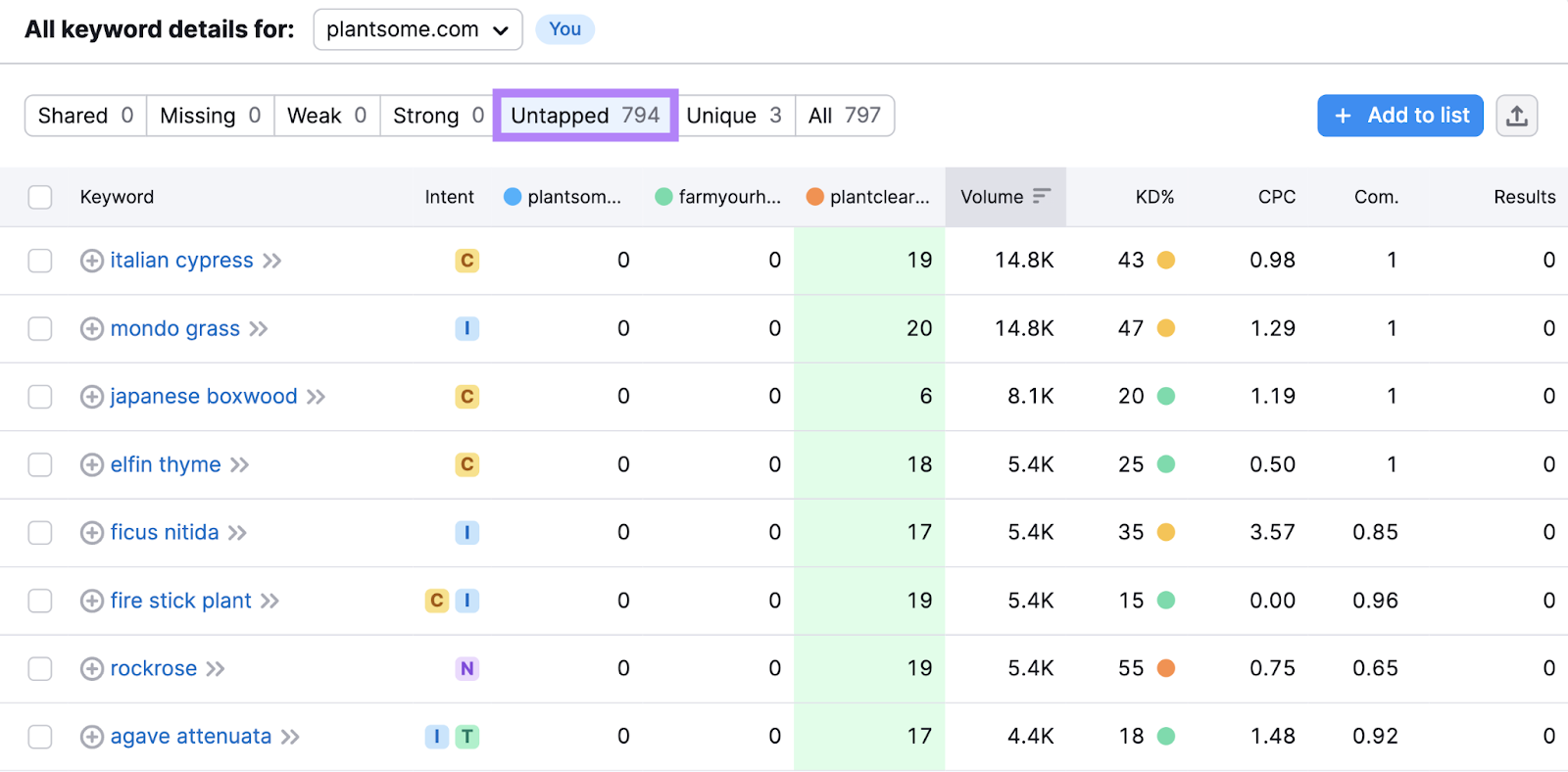
Review these keywords and add any promising keywords to your list.
Step 5: Review Your Keywords
Review your keywords from the steps above to decide which ones to prioritize and how to use them.
Go to Keyword Strategy Builder and scroll to the “Keyword lists” section. Click your list to open it.

Click a keyword to view it in the Keyword Overview tool, where you can analyze each keyword in more detail.

Select “Mobile” in the drop-down to see mobile-specific keyword data.
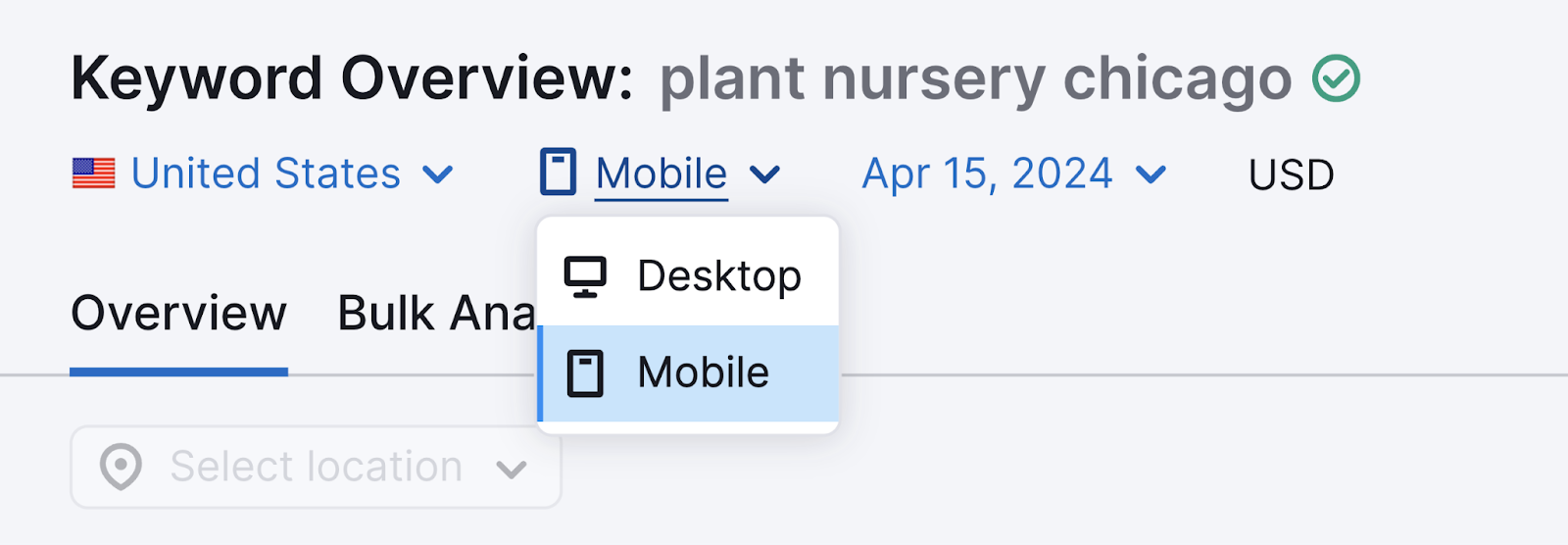
Here’s what to review when evaluating your keywords:
Volume and Difficulty
Cross-reference the keyword’s search volume (its average number of monthly searches) with its keyword difficulty (how competitive the keyword is to rank for).
Focus on high-volume, low-difficulty keywords when possible to give your sire a better chance of ranking.
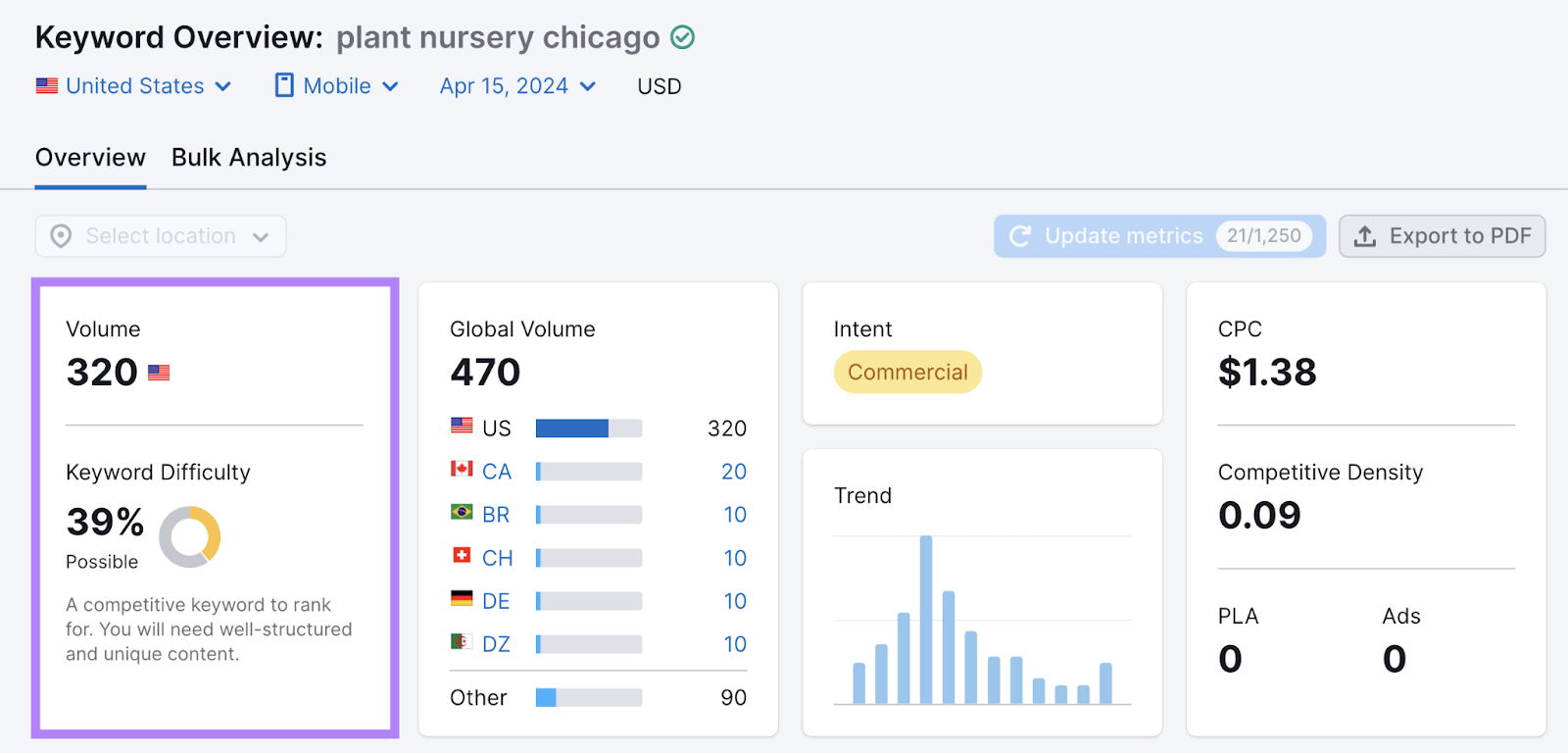
Search Intent
While most mobile keywords fit into the middle-of-the-funnel and have commercial search intent, keywords can reflect any of the four main intents:
-
Navigational: Finding a specific site or page (e.g., “semrush login”)
-
Informational: Learning something (e.g., “what is content marketing?”)
-
Commercial: Researching before a purchase (e.g., “best nike shoes for sprinters”)
-
Transactional: Completing an action (e.g., “buy iphone 15 pro”)
Knowing a keyword’s intent can help you develop content that aligns with what searchers want.
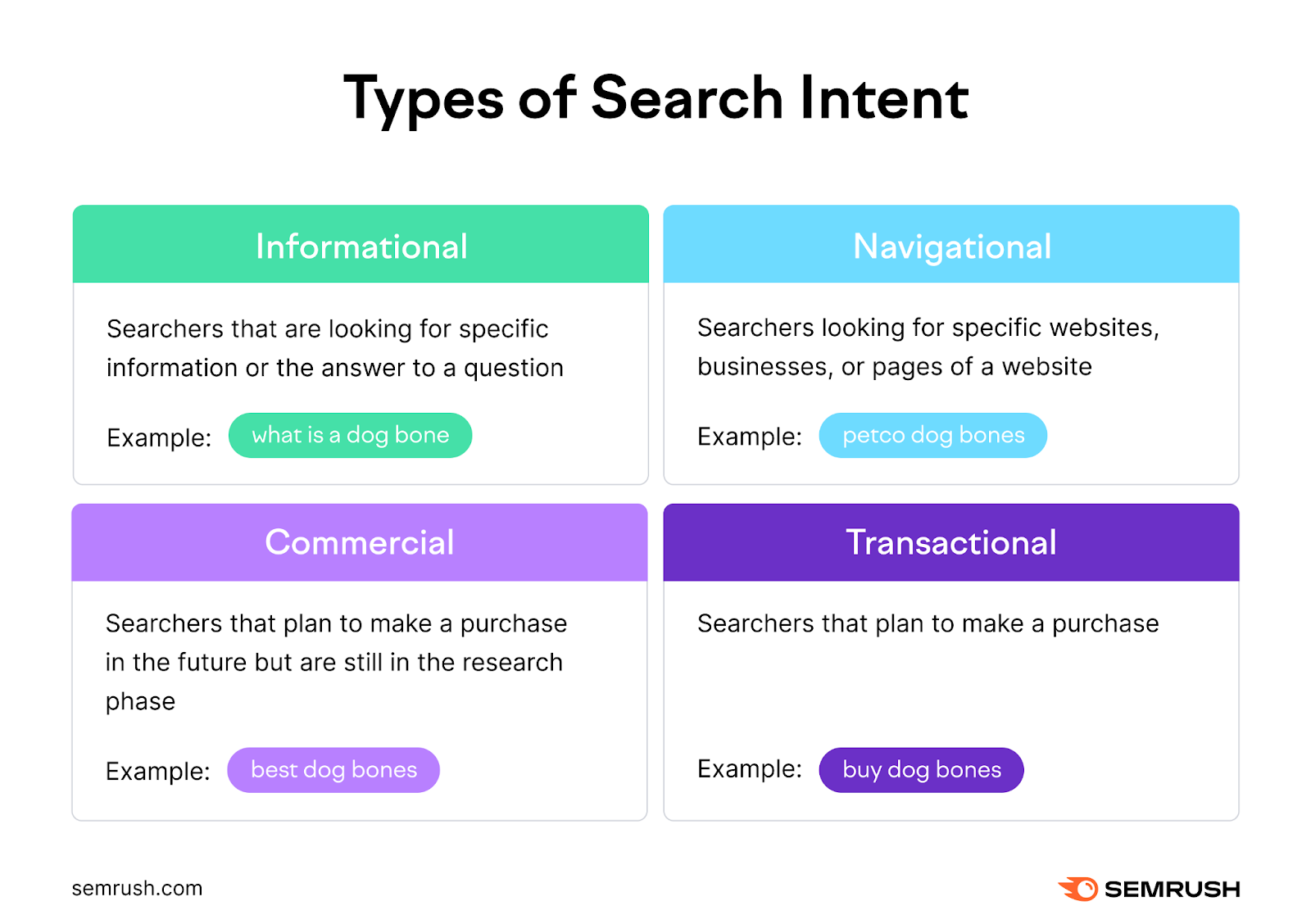
You can determine a keyword’s search intent to guide your content creation right in Keyword Overview.
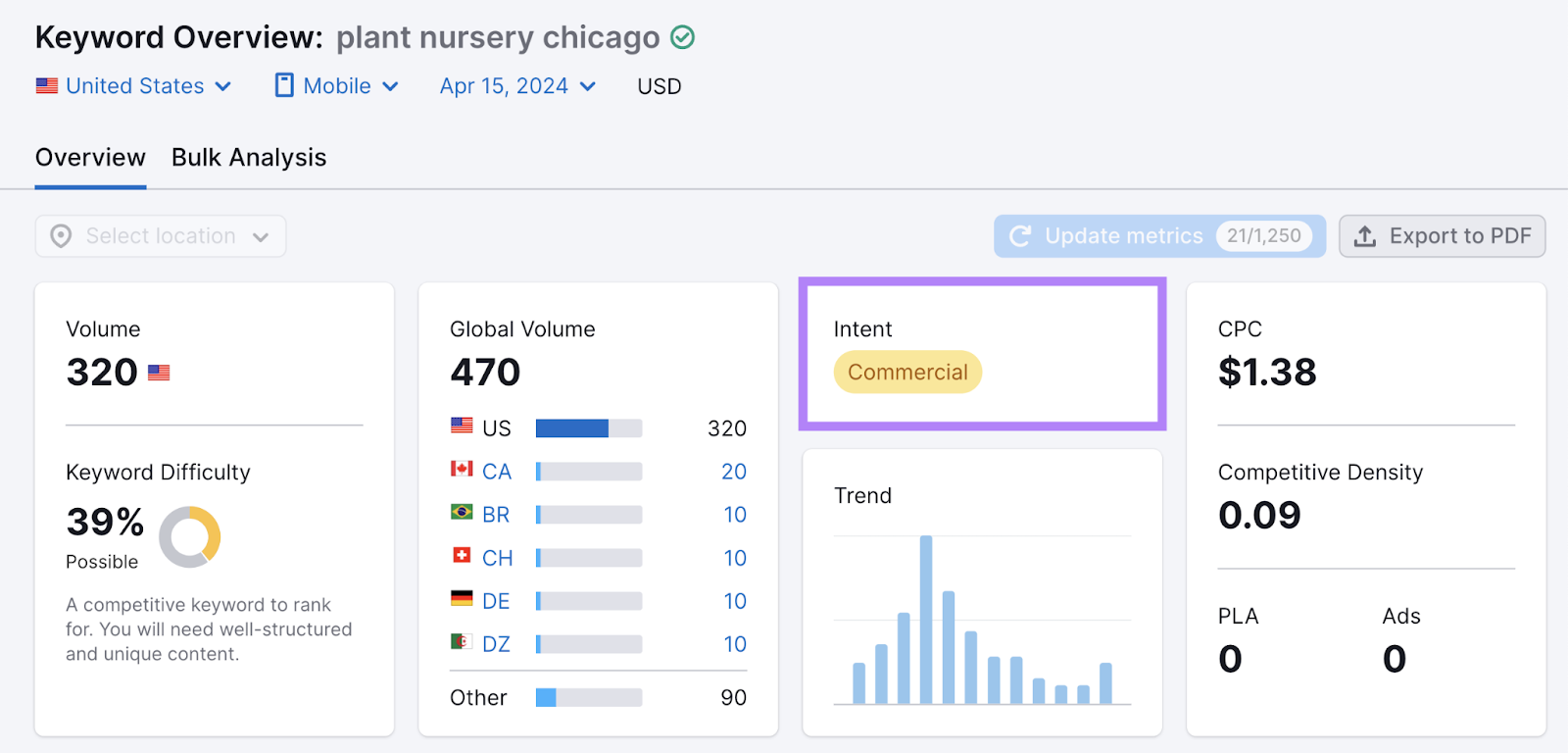
Also check the search engine results pages (SERPs) for clues about what content format people want.
Presence of SERP Features
The presence of SERP features like images or People Also Ask (PAA) can affect your ranking strategy.
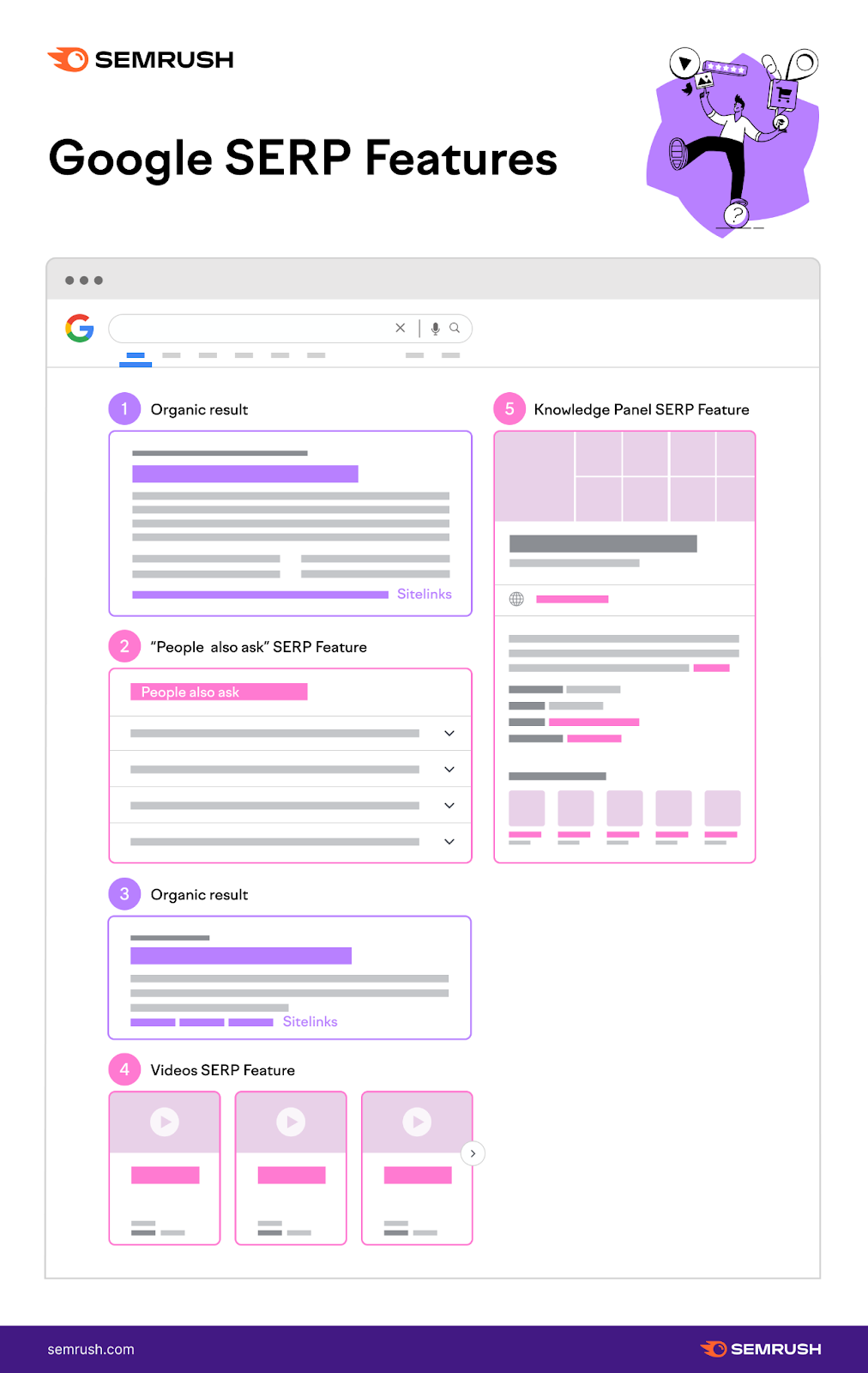
In the Keyword Overview report, scroll down to “SERP Analysis” and look for features the keyword triggers.
For example, if images appear, include and optimize images in your content.
Check for featured snippets, too. Google often pulls featured snippets for voice queries, so optimizing content for a featured snippet may boost mobile visibility.
This means you can increase your chances of ranking for mobile searches by optimizing your content for featured snippets.
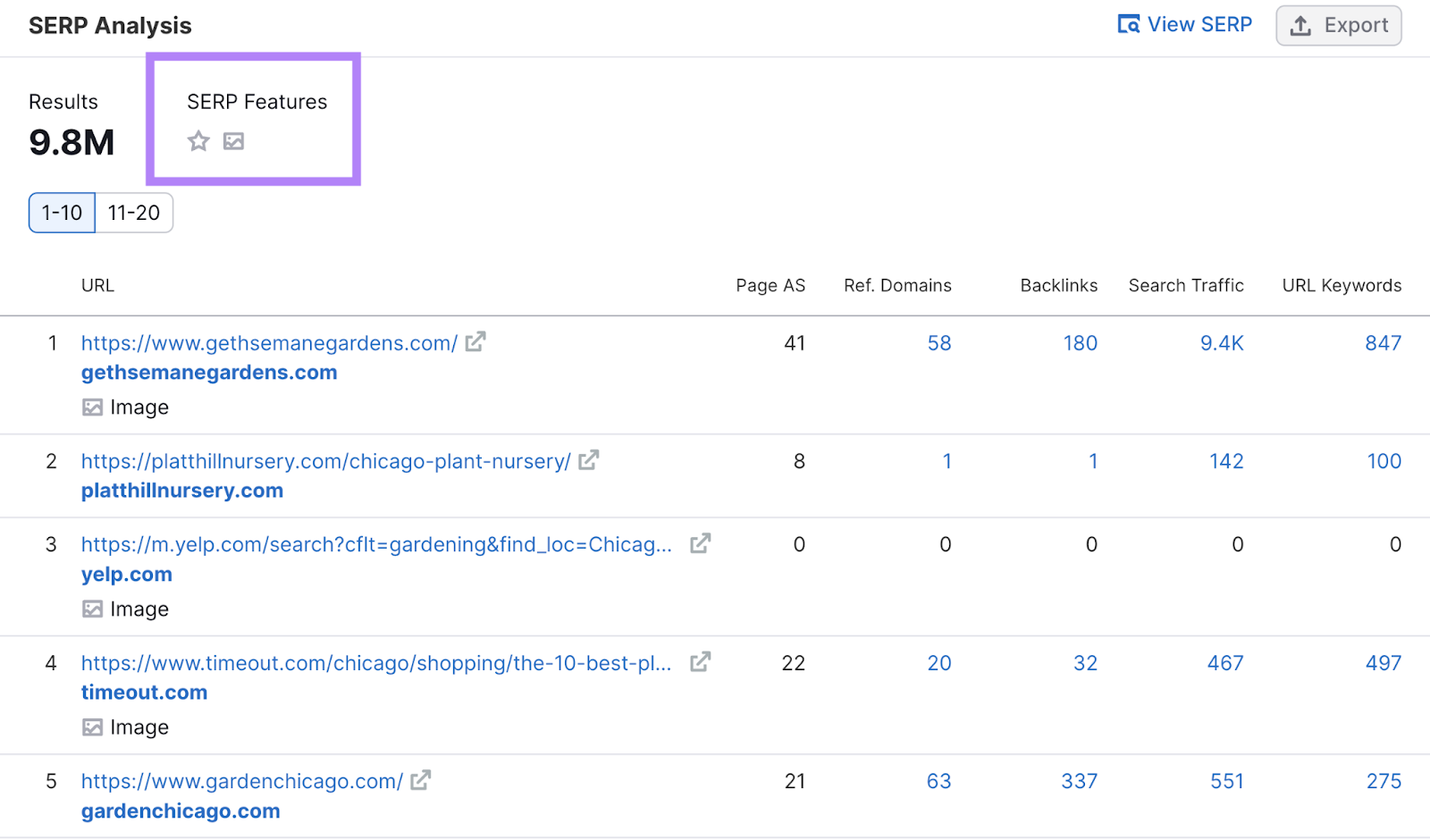
How to Use Mobile Keywords
Now that you have your list of mobile keywords, it’s time to find out how to use them on your website in strategic ways.
Create Search-Focused Content
Use your mobile keywords in new or existing content to create search-focused content and boost mobile visibility.
The Semrush SEO Writing Assistant can help.
Open the tool, click “+ Analyze new text,” and enter at least two keywords.
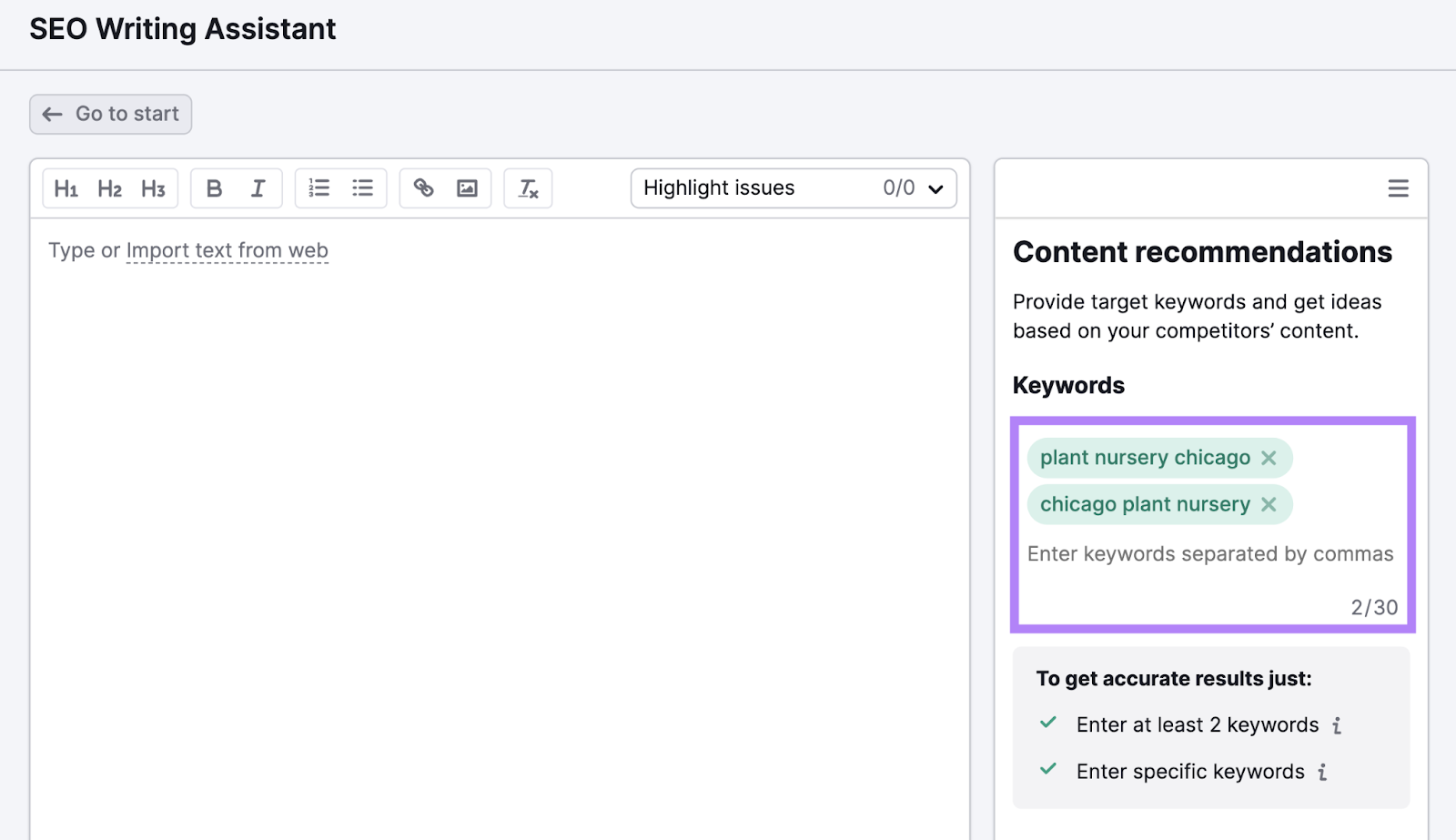
Click the drop-down to adjust your target audience. Under “Device,” select “Phone” and click “Get recommendations.”

Write (or paste) content into the text editor.
If you need help, use the “Smart Writer” features to help you write text.
The tool grades your text in four categories: readability, SEO, originality, and tone of voice.
Follow the tool’s tips for improvement to optimize your content.
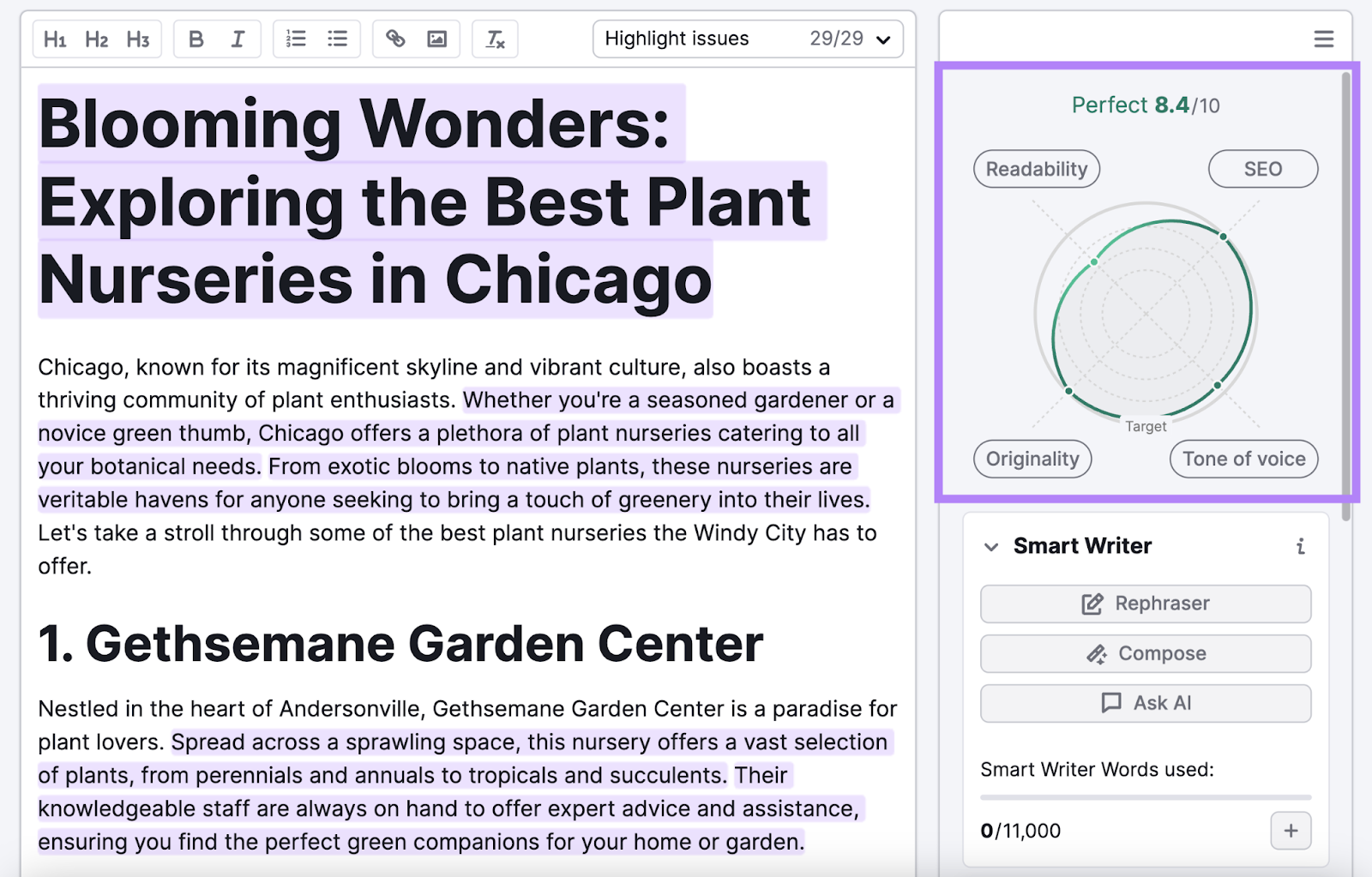
When done, publish your optimized content to your website.
Use Google Business Profile
Use Google Business Profile to boost your local SEO and get your site to appear in mobile search results for local businesses.
Optimizing for “near me” and “nearby” keywords is tricky, because you can’t just stuff your site with these phrases.
Instead, sign up for a Google Business Profile and complete your listing. Also set your business location on Google Maps.
These steps help you rank for location-based searches like “plant stores near me.”
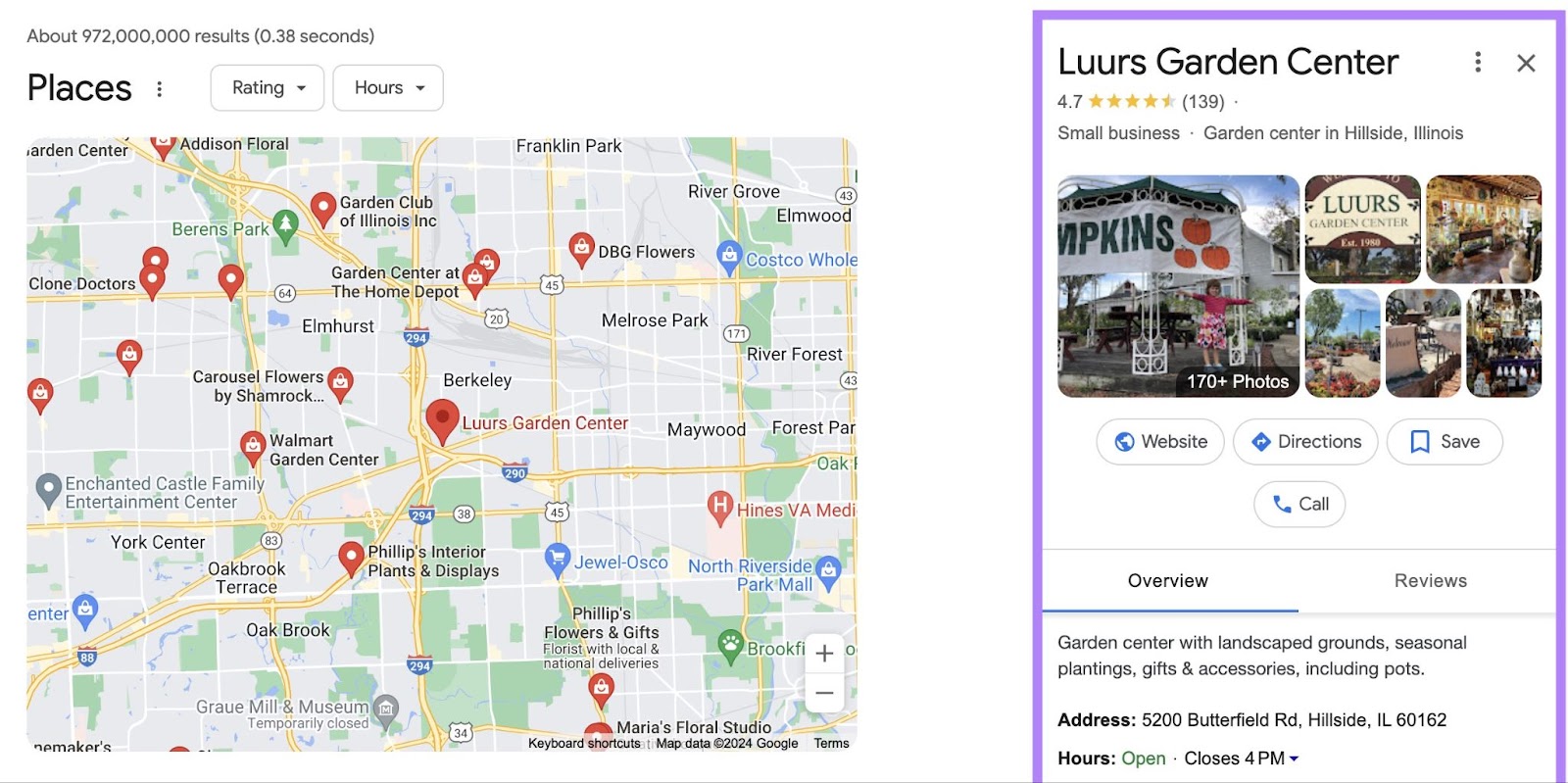
Optimize Your Images
Optimizing your images can help your site appear in multiple places in the search results: traditional search results, image search results, and Google Lens search results.
-
Use relevant keywords in the file name (e.g., “monstera-chicago.jpg”)
-
Add descriptive alt text that includes keywords when relevant
Measure Your Mobile Keyword Results
Measure your mobile keyword results and track how well your site performs in mobile searches.
Look at these metrics:
Positions
Use Position Tracking to monitor where your site ranks for mobile keywords.
Open the tool, enter your domain, and click “Set up tracking.”
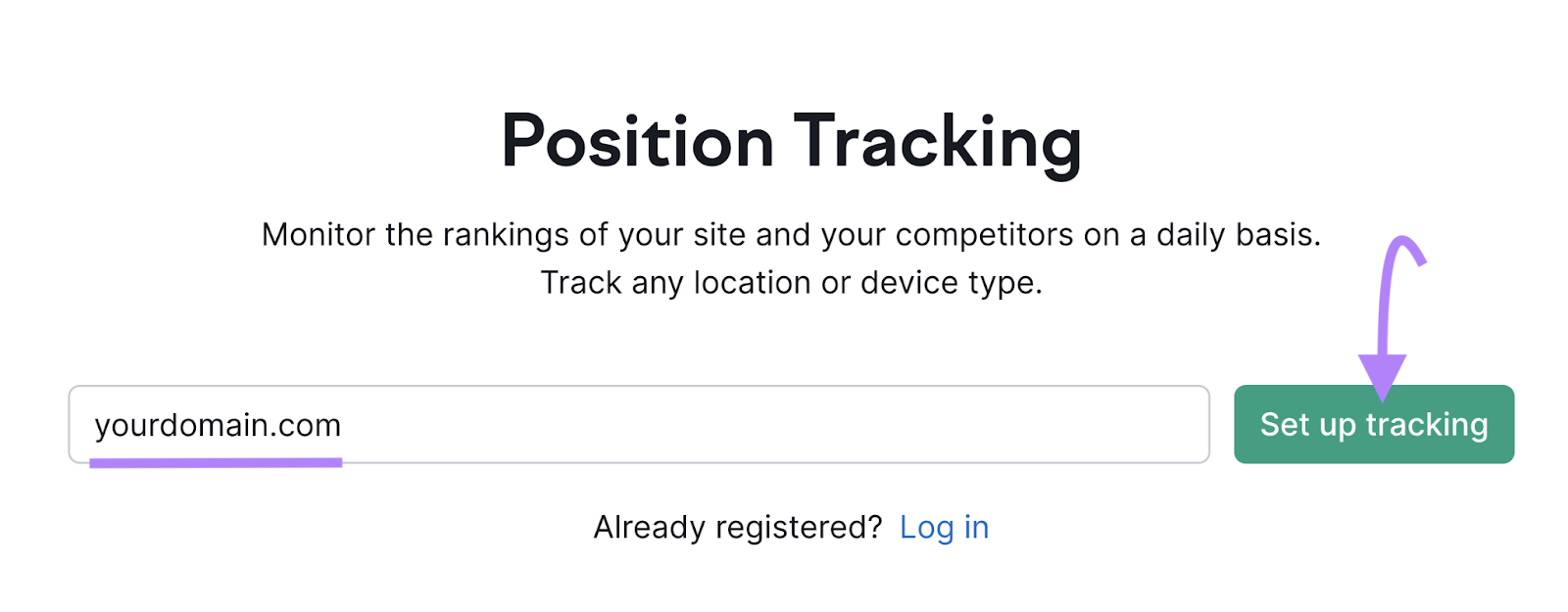
Select your search engine, select “Mobile,” and choose your location. Then click “Continue To Keywords.”
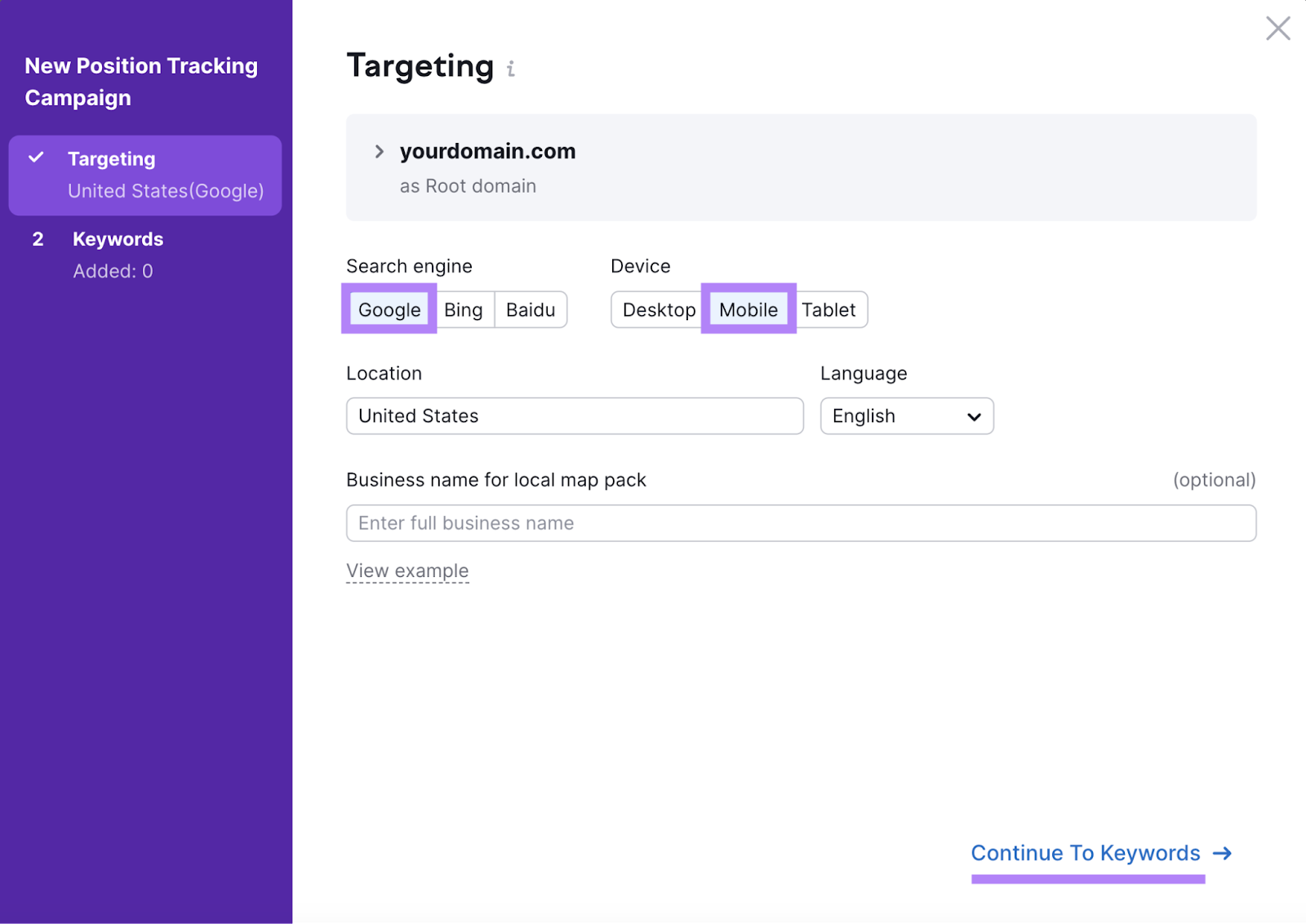
Add the keywords you want to track and click “Add keywords to campaign.”
Then, click “Start Tracking.”
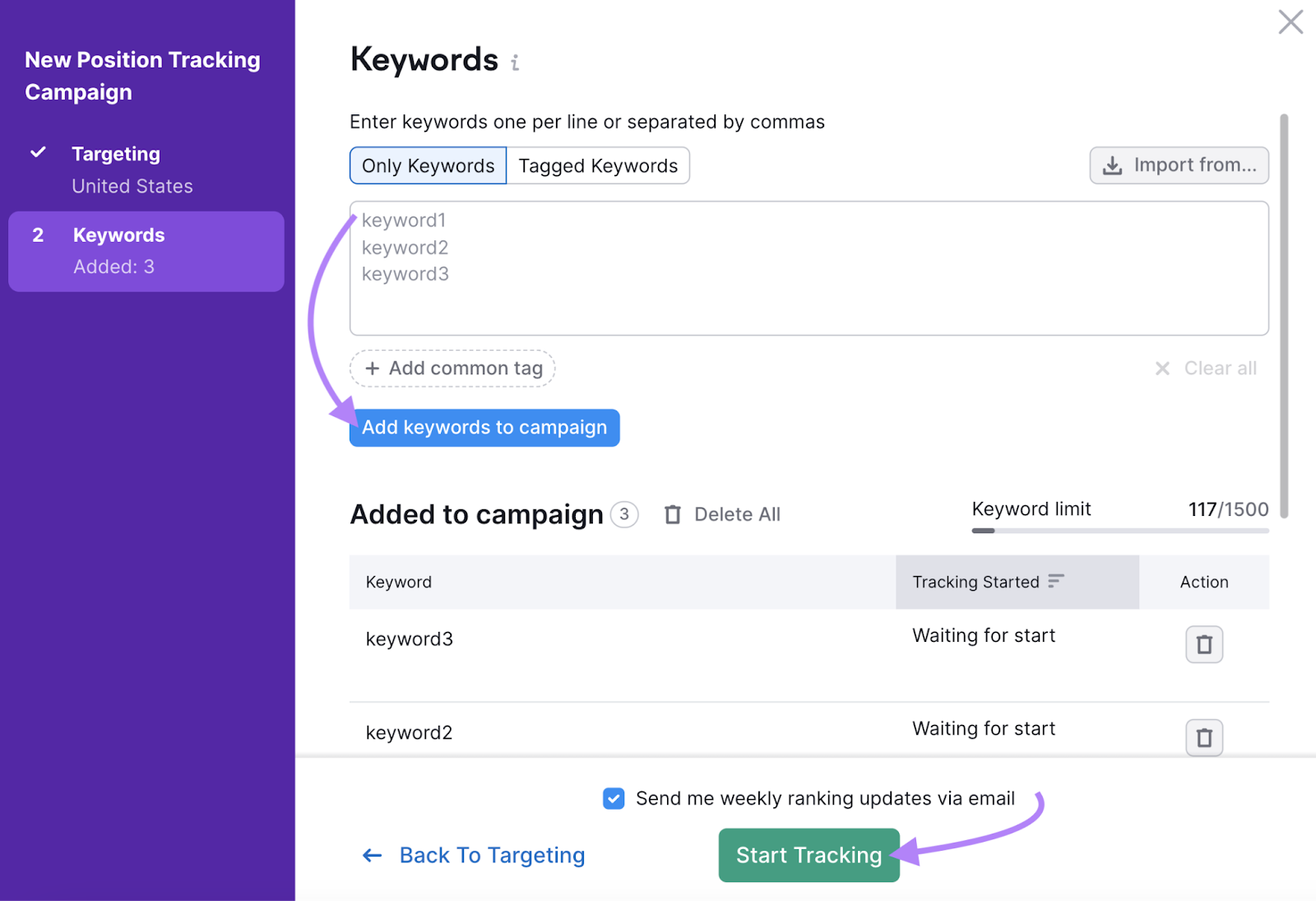
Check the “Landscape” tab to see your site’s overall performance.
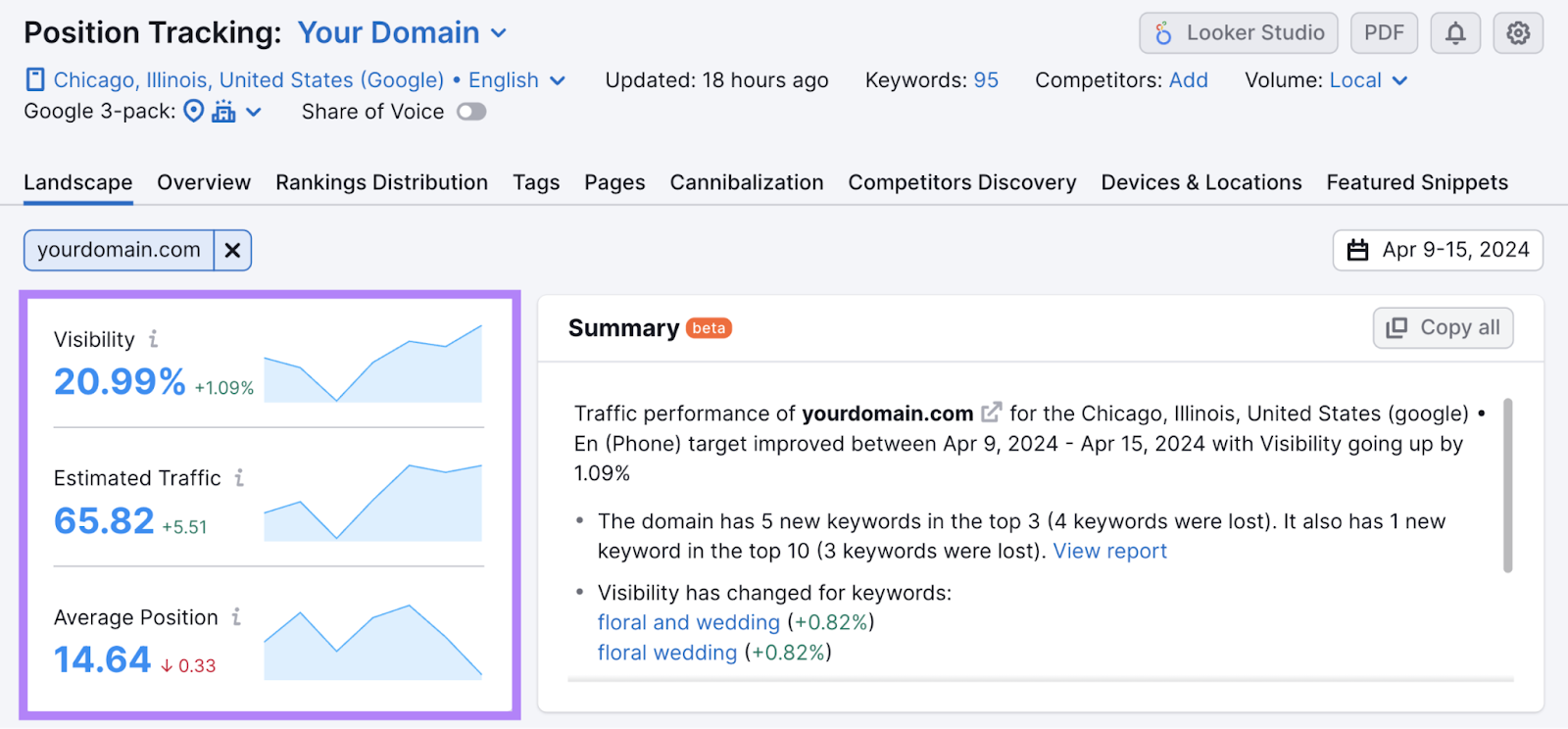
To see the performance of individual keywords, click the “Overview” tab and scroll to “Rankings Overview.”
Look for the “Diff” column to see ranking changes over time. You can adjust the time period at the top of the report.
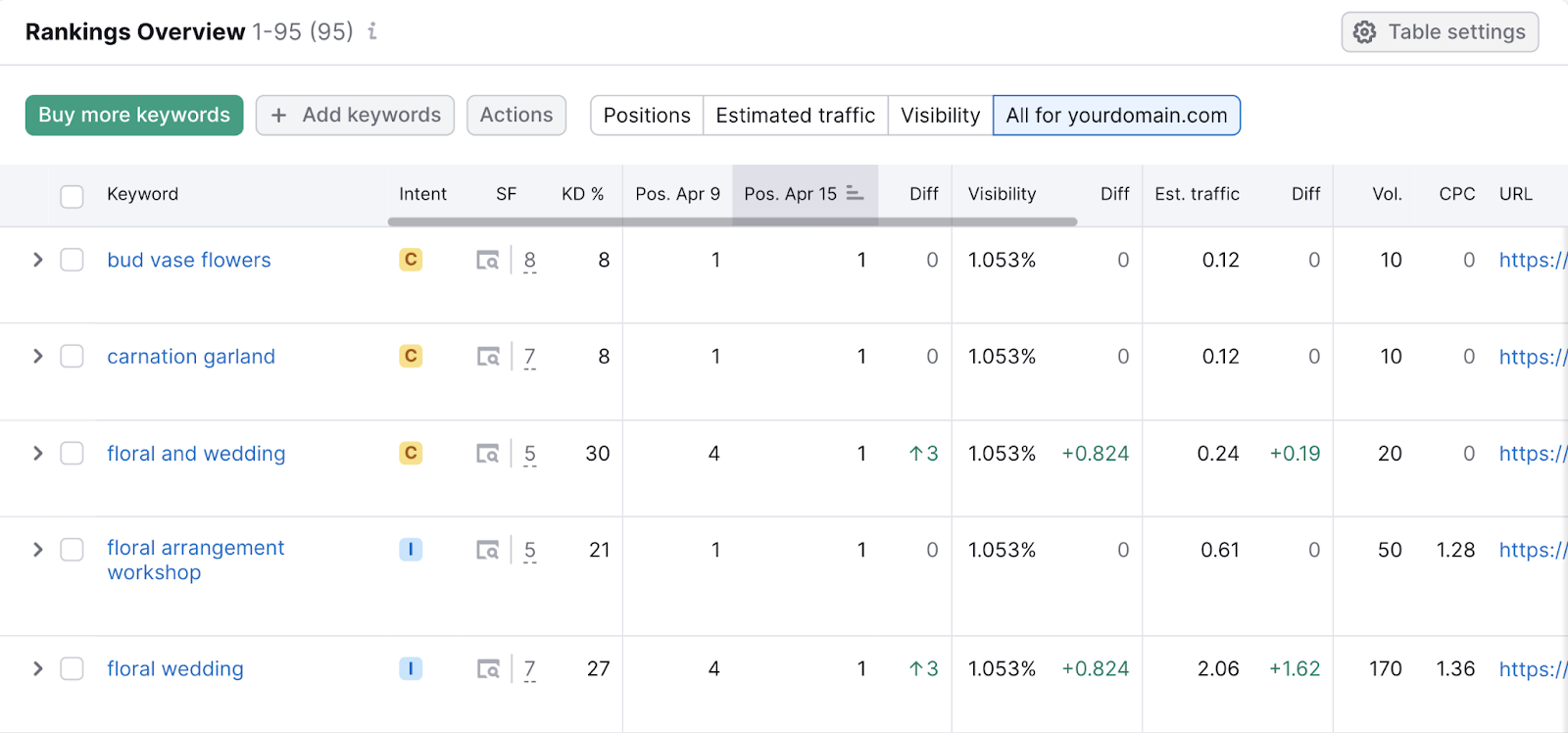
If rankings drop, consider re-optimizing your content in the SEO Writing Assistant, or try to build backlinks to those pages to increase your rankings.
Organic Sessions
Organic sessions begin when someone loads a page and end after 30 minutes of inactivity, or when they leave.
Look at the number of mobile search sessions to see if your mobile keyword strategy works.
Use Organic Traffic Insights to track these metrics.
Open the tool, enter your domain, and click “Get Insights.”

Connect your Google Analytics and Google Search Console accounts. Use our configuration guide if you need help.
Select “Mobile” from the drop-down.

Look at the “Sessions” column to see the number of mobile organic sessions.
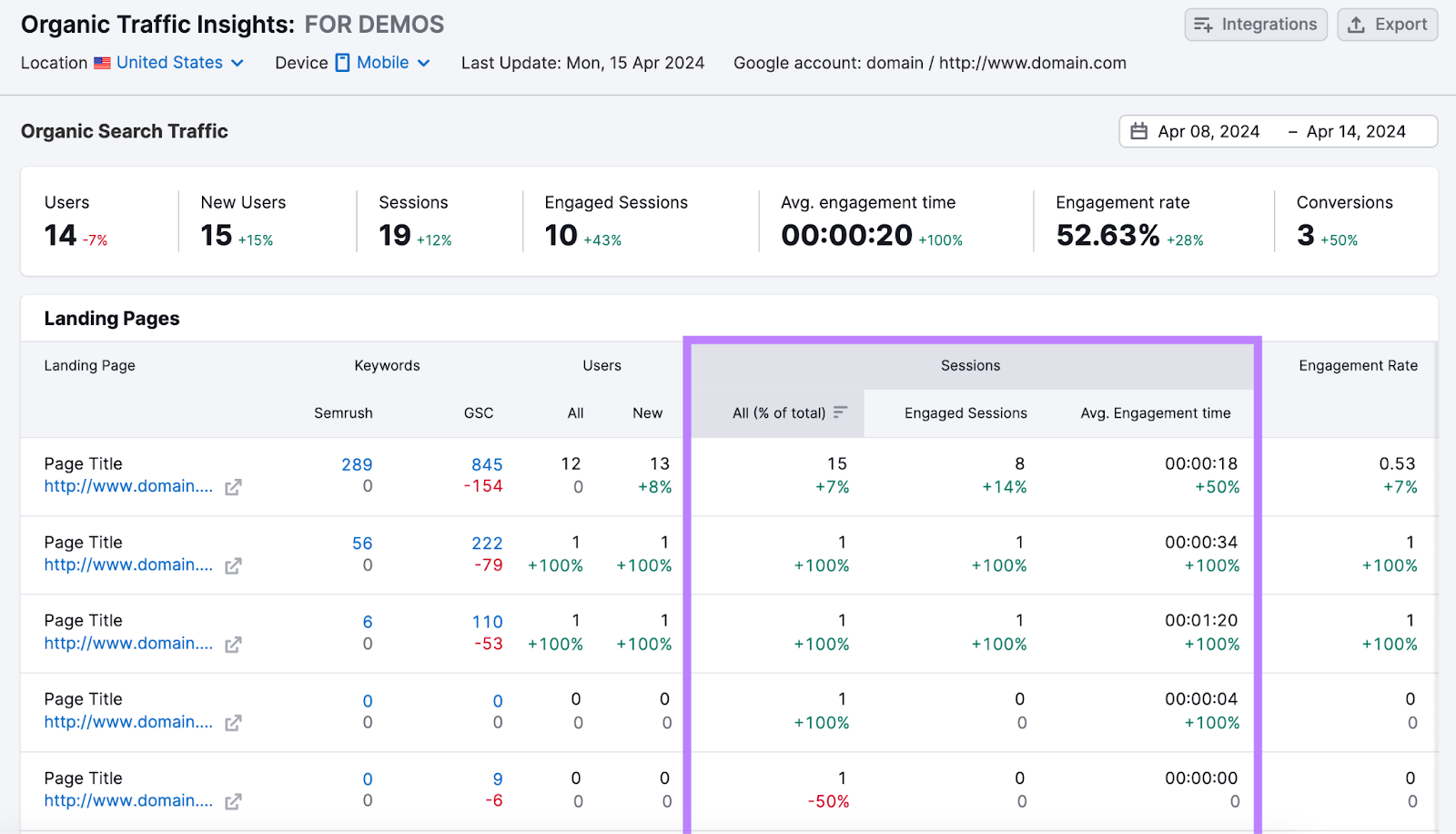
Check which pages have low traffic and optimize these pages further. For example, you might tweak the title tags of underperforming pages to attract more clicks.
Accurate and enticing title tags can encourage more people to click your content in search results, increasing organic sessions.
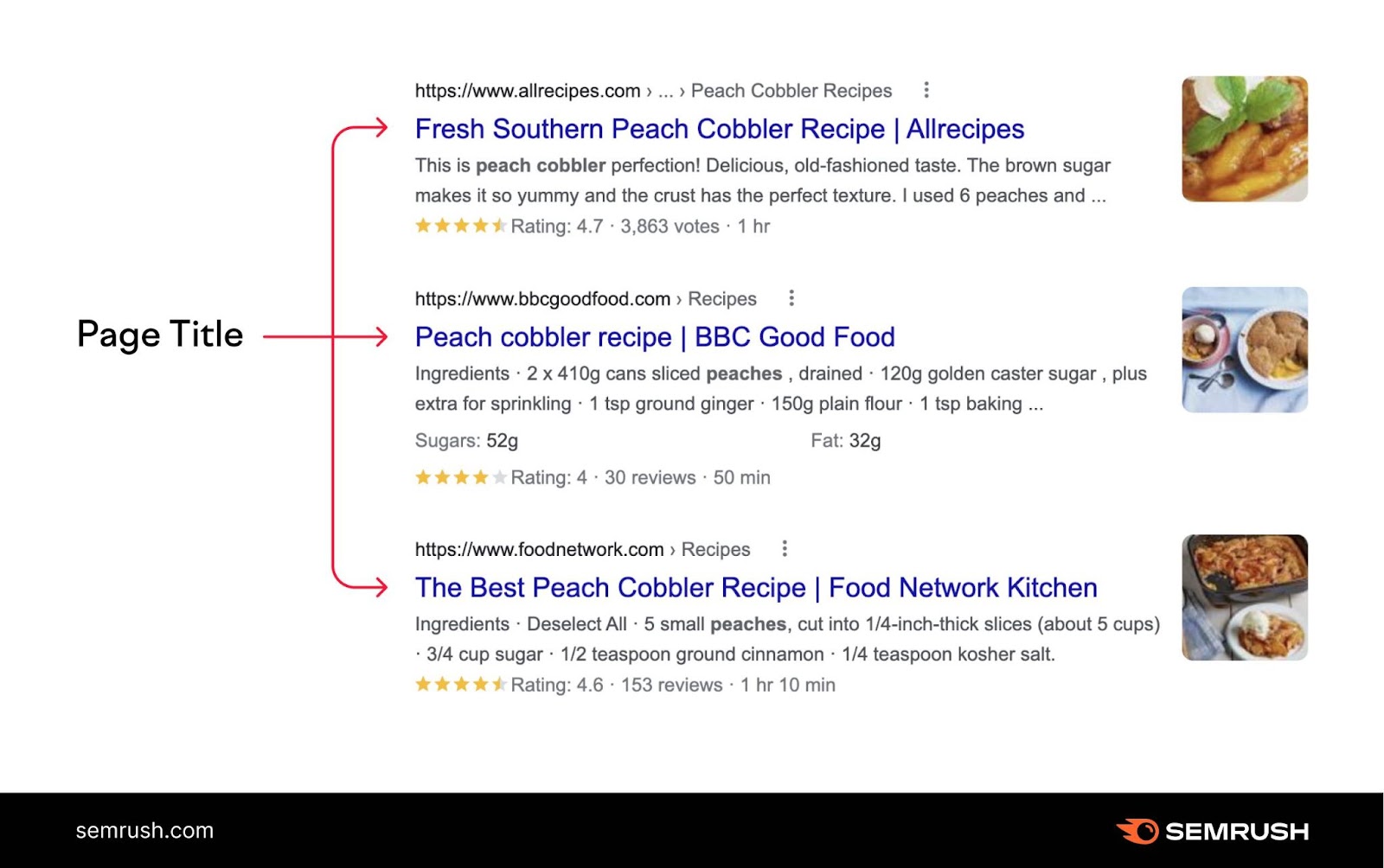
Conversions
Conversions show return on investment (ROI) for your mobile traffic and indicate whether your mobile SEO efforts align with your business goals.
In Organic Traffic Insights, view the “Conversions” column.
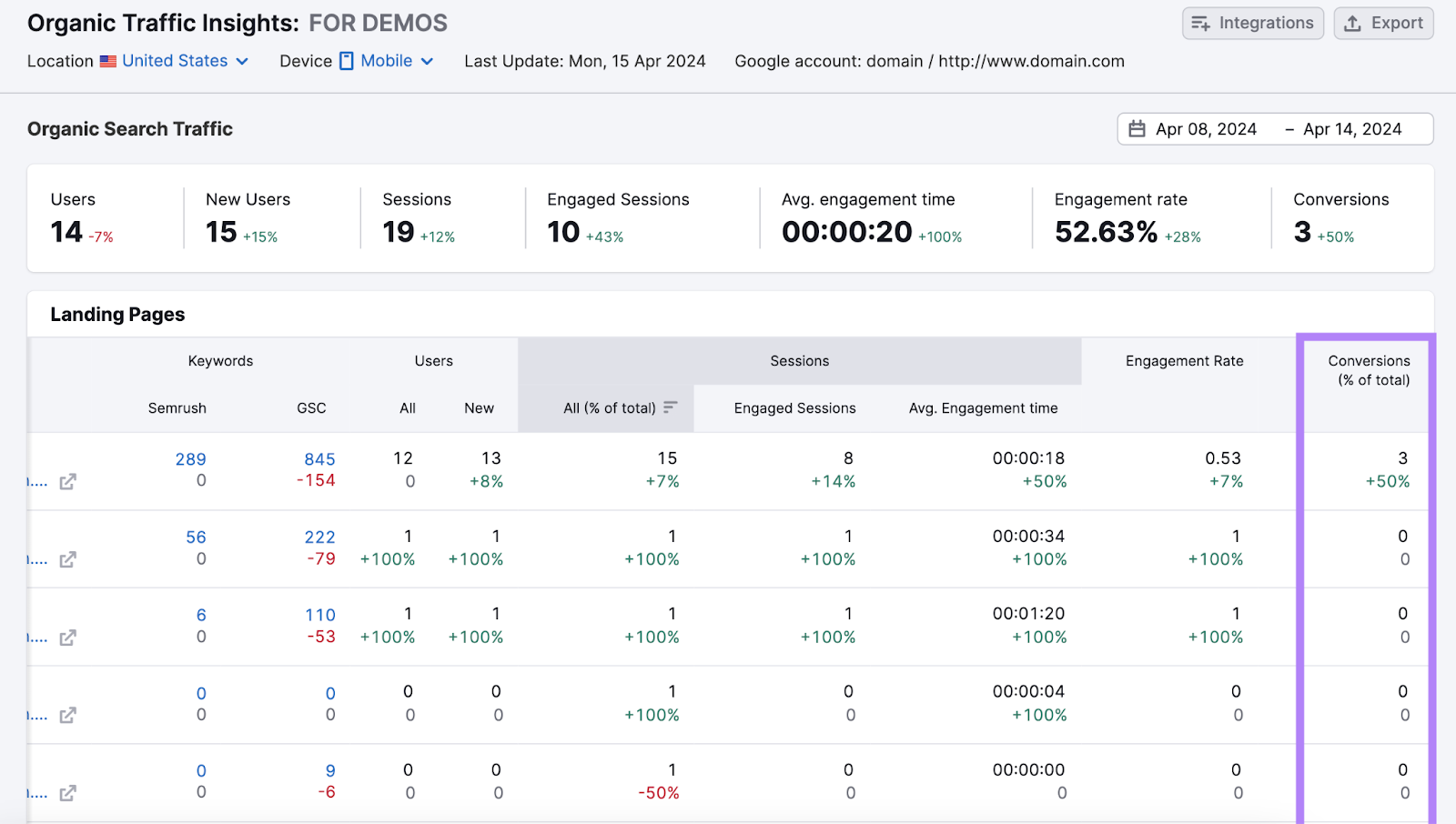
Investigate top-converting pages to see why they perform well, and identify low-converting pages and find areas to improve.
Get Better Results with Mobile Keywords
Targeting mobile-specific keywords unlocks a large audience and helps you create content that aligns with mobile search users’ needs.
Tapping into mobile search is vital, with 59.99% of all web traffic now originating from mobile phones, according to DataReportal.
Semrush’s tools make mobile keyword research easy and efficient.
Ready to try them for free?
